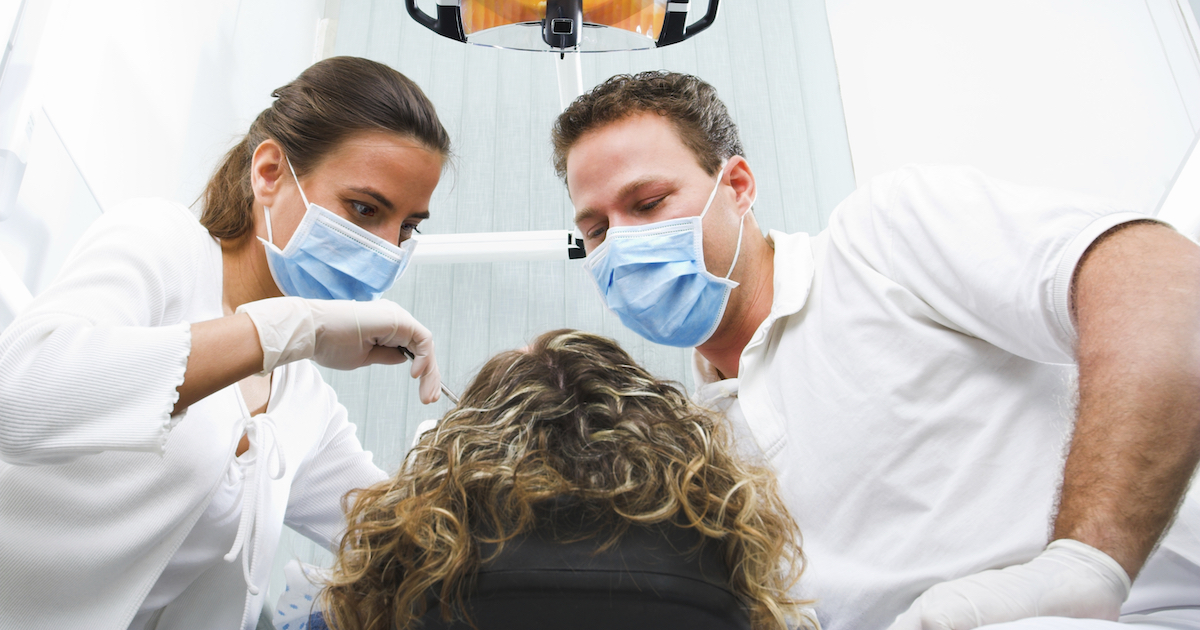How To Treat Gingival Hyperplasia
Gingival hyperplasia is a somewhat common condition that results in the overgrowth of some of the gum tissue surrounding the teeth. While there are a wide variety of different causes that can bring about the development of this condition, it most commonly occurs because of bad oral hygiene or as a result of using certain types of medications. While the presence of this condition can cause a number of complications in the mouth, the most severe issues occur if the condition is left untreated. The general alignment of an individual's teeth can worsen when affected by gingival hyperplasia.
The risk of gum disease is also much greater if the issue isn't promptly treated. Some of the symptoms patients will experience with this condition include pain, reddened gums, inflammation, bleeding, rapid plaque buildup on the teeth, and bad breath. In the most severe forms of gingival hyperplasia, the gums may cover the patient's entire teeth, which will make it difficult to keep the affected teeth clean.
Improved Dental Hygiene

The method used to treat gingival hyperplasia depends on the cause of the condition. In most situations, improved dental hygiene may be all that's necessary to reduce some of the symptoms patients are experiencing and eventually cure the condition. Improving dental hygiene may seem difficult but is easily the best option if patients want to avoid surgery for gingival hyperplasia. There is a wide range of tips and guidelines patients can follow when attempting to improve their dental hygiene. For one, individuals should always visit their dentist at least once every year to receive an extensive checkup and cleaning.
Patients will need to brush their teeth at least twice a day, which should be done with toothpaste containing fluoride. They should also consider flossing once per day, and try to replace their toothbrush at least once every three months. Patients should also think about brushing their tongue to remove some of the built-up bacteria. This will help patients freshen their breath as well. By following these guidelines, gingival hyperplasia should be resolved.
Periodontal Flap Surgery

Other than improving dental hygiene, the only other treatment options for gingival hyperplasia are surgical procedures, the most common of which is periodontal flap surgery. This procedure is designed to separate the overlapping gums from the teeth to correct the issue. The gums will then be folded back for a brief period while the periodontist removes the inflamed tissue that has caused gingival hyperplasia to occur in the first place. The affected teeth will then be cleaned so as to get rid of the accumulated tartar or plaque.
Once the area has fully healed, patients will be able to brush and clean their teeth properly again. The recovery process may take a few weeks while patients wait for discomfort or bleeding to subside. The daily activities patients perform can be resumed only a day or two following this surgery. Once the right amount of gum tissue has been removed, patients shouldn't experience this condition again as long as they maintain good dental hygiene.
